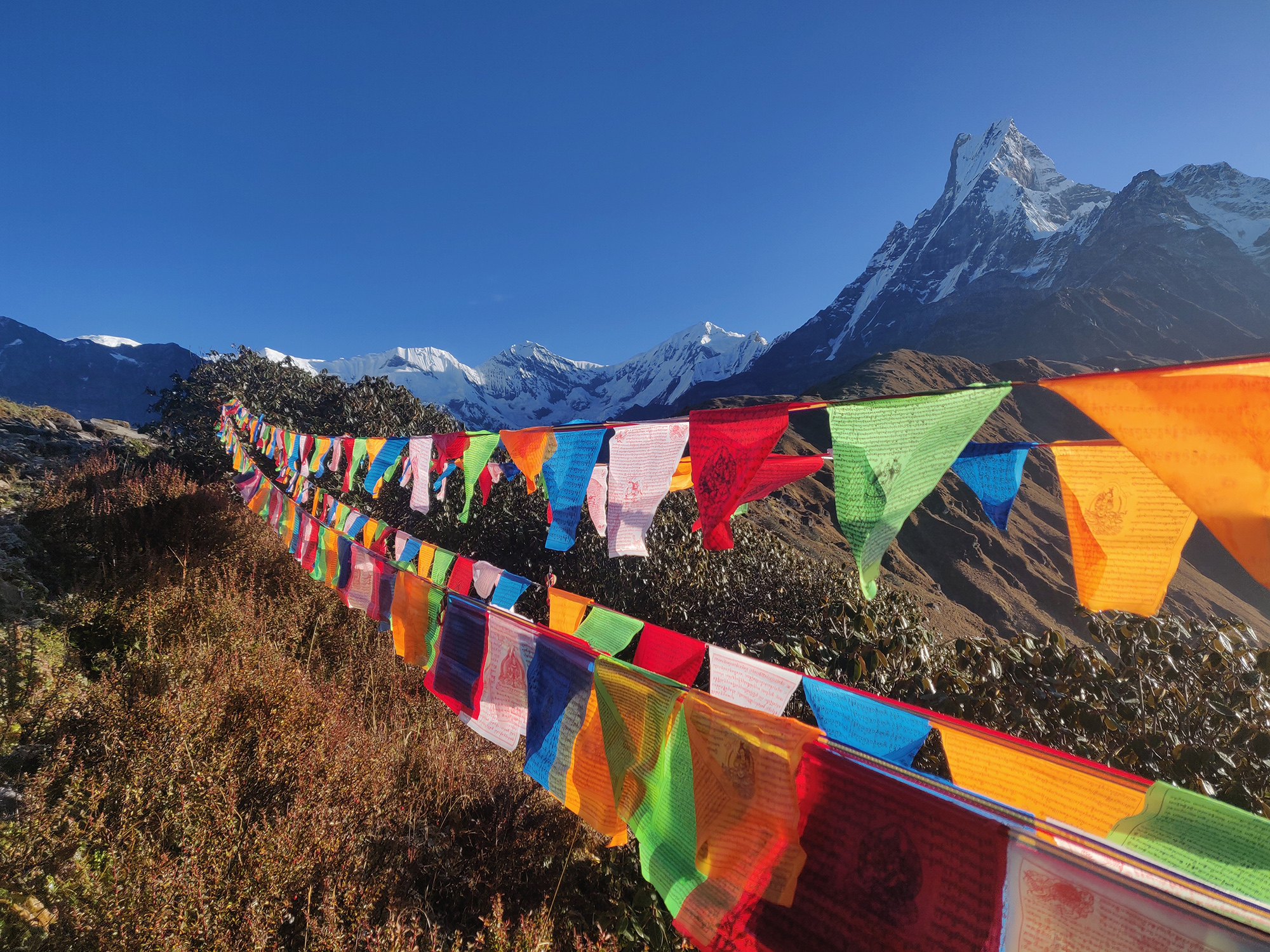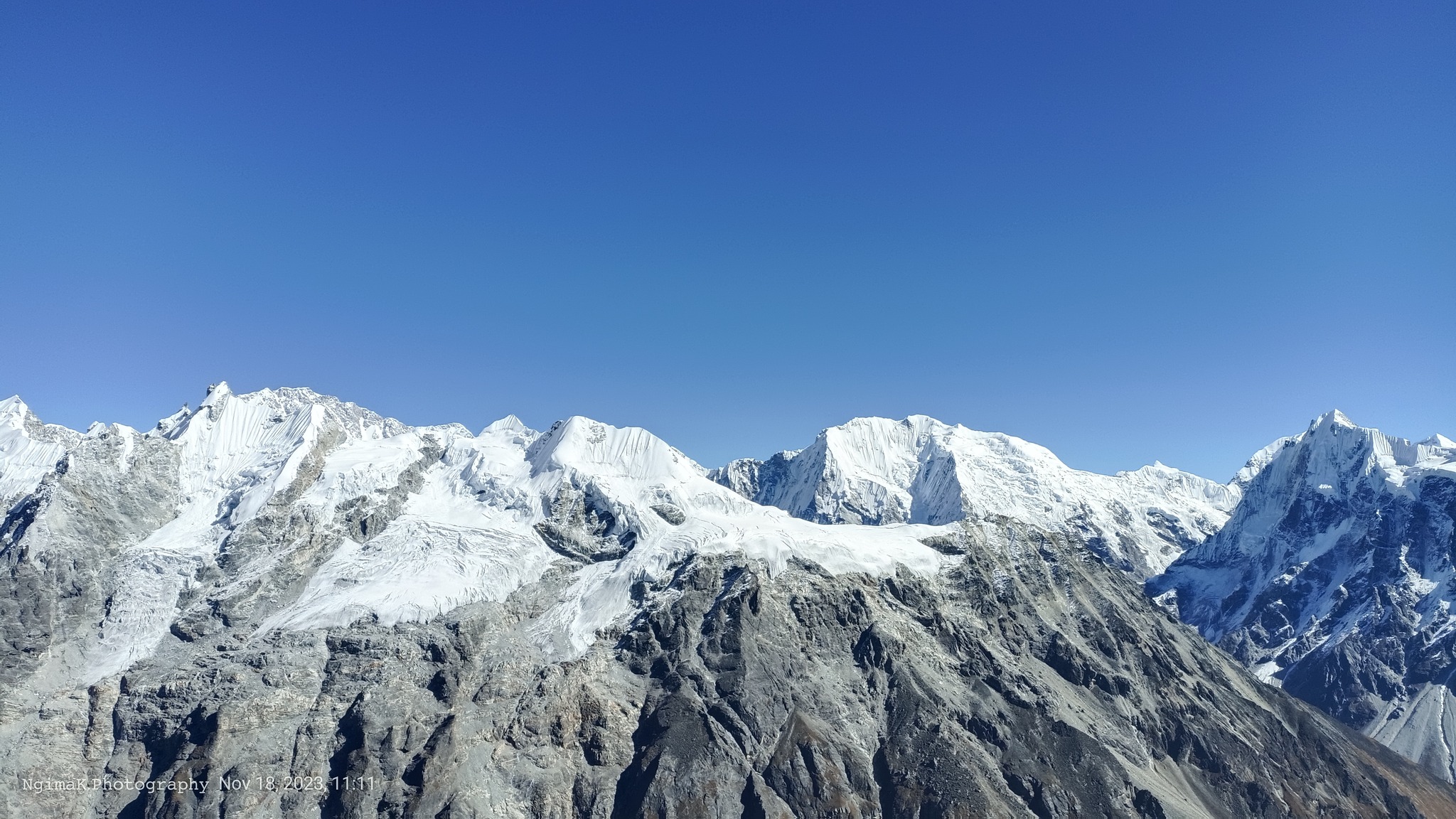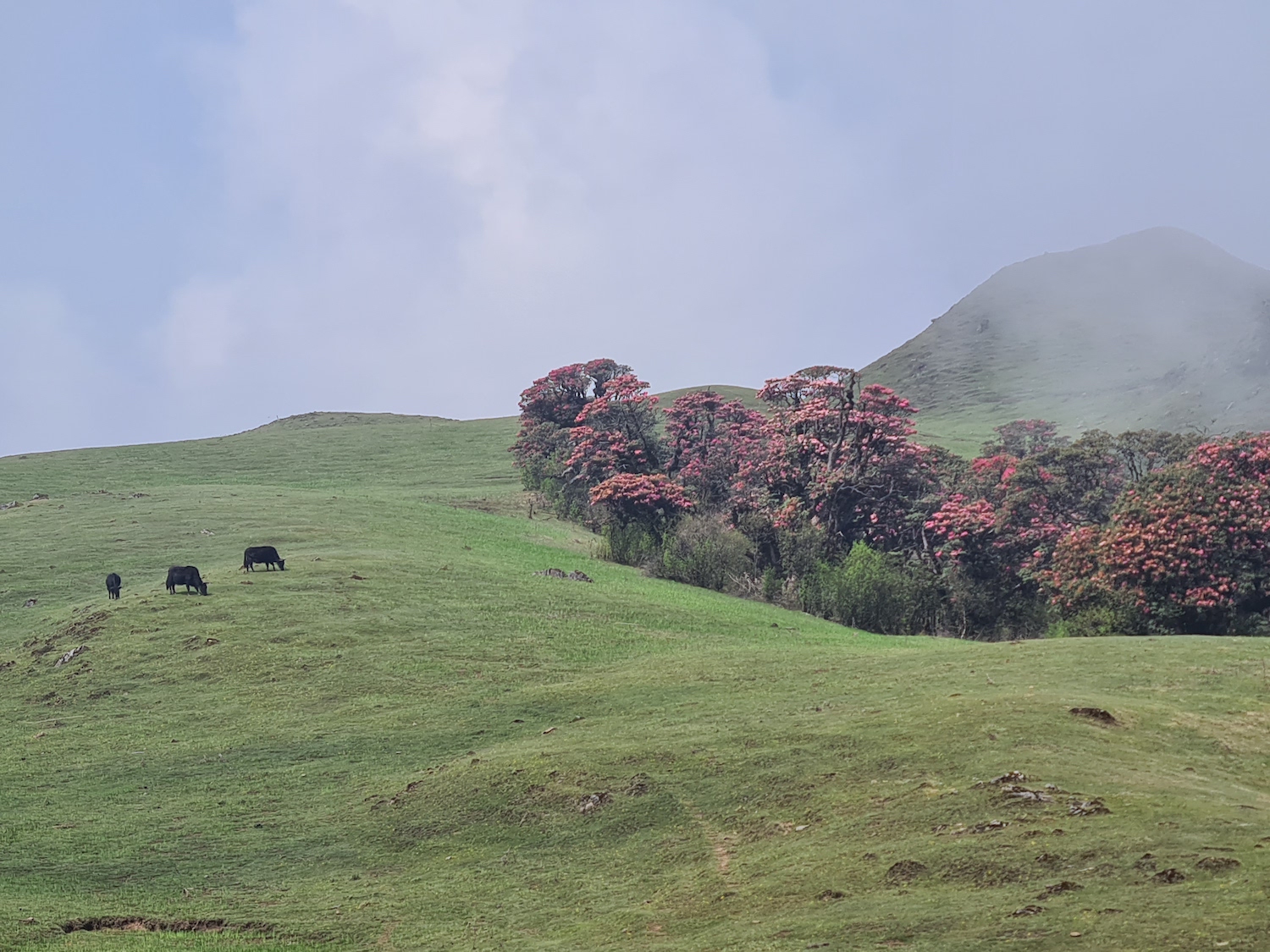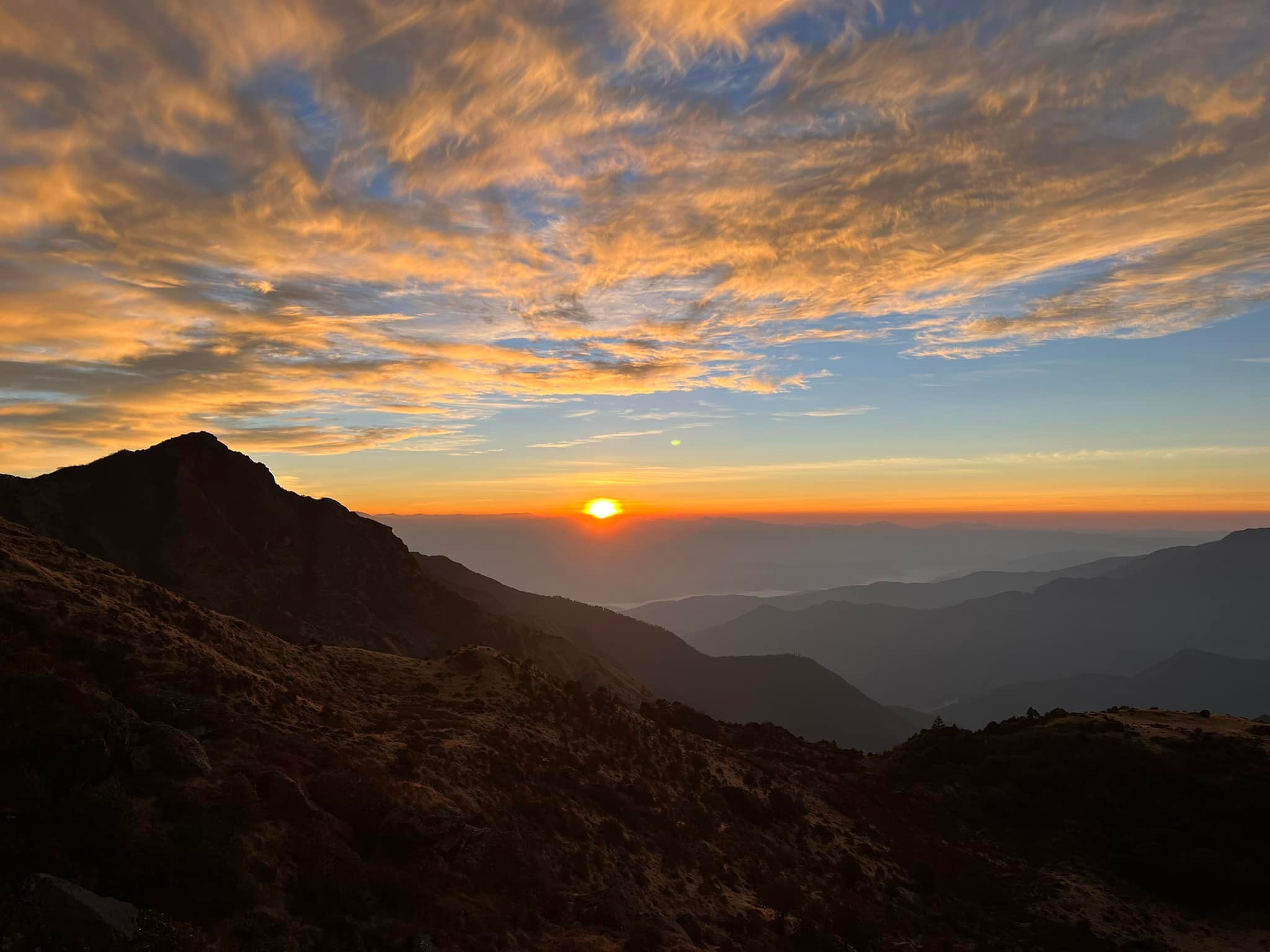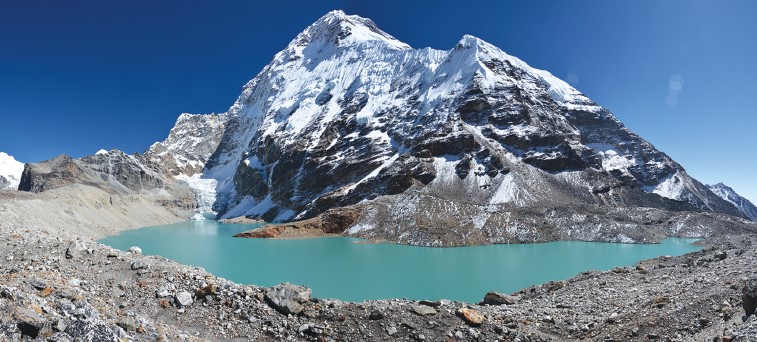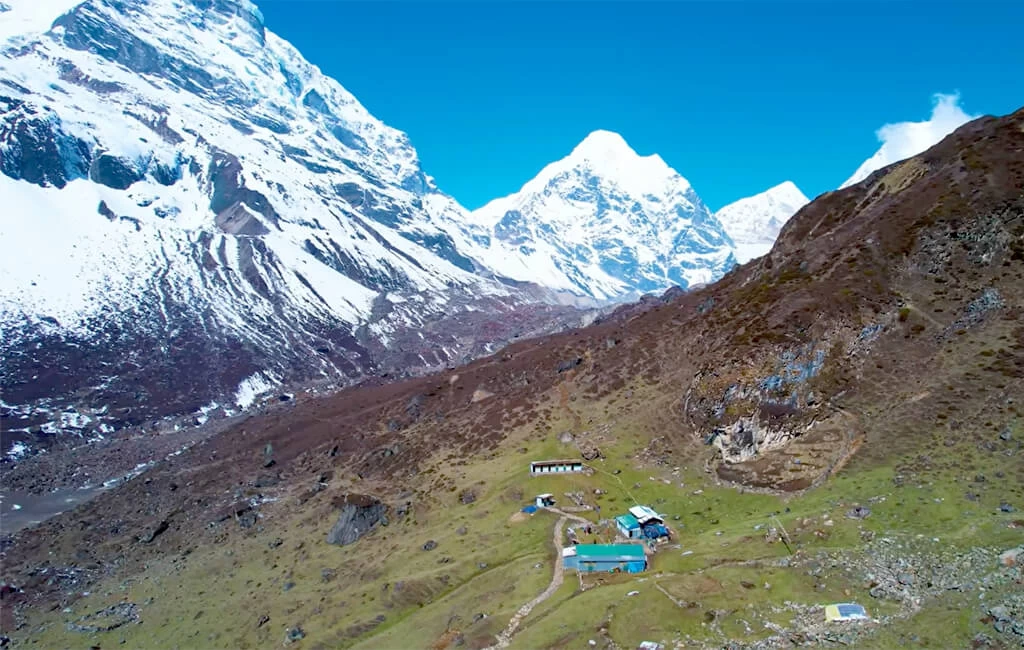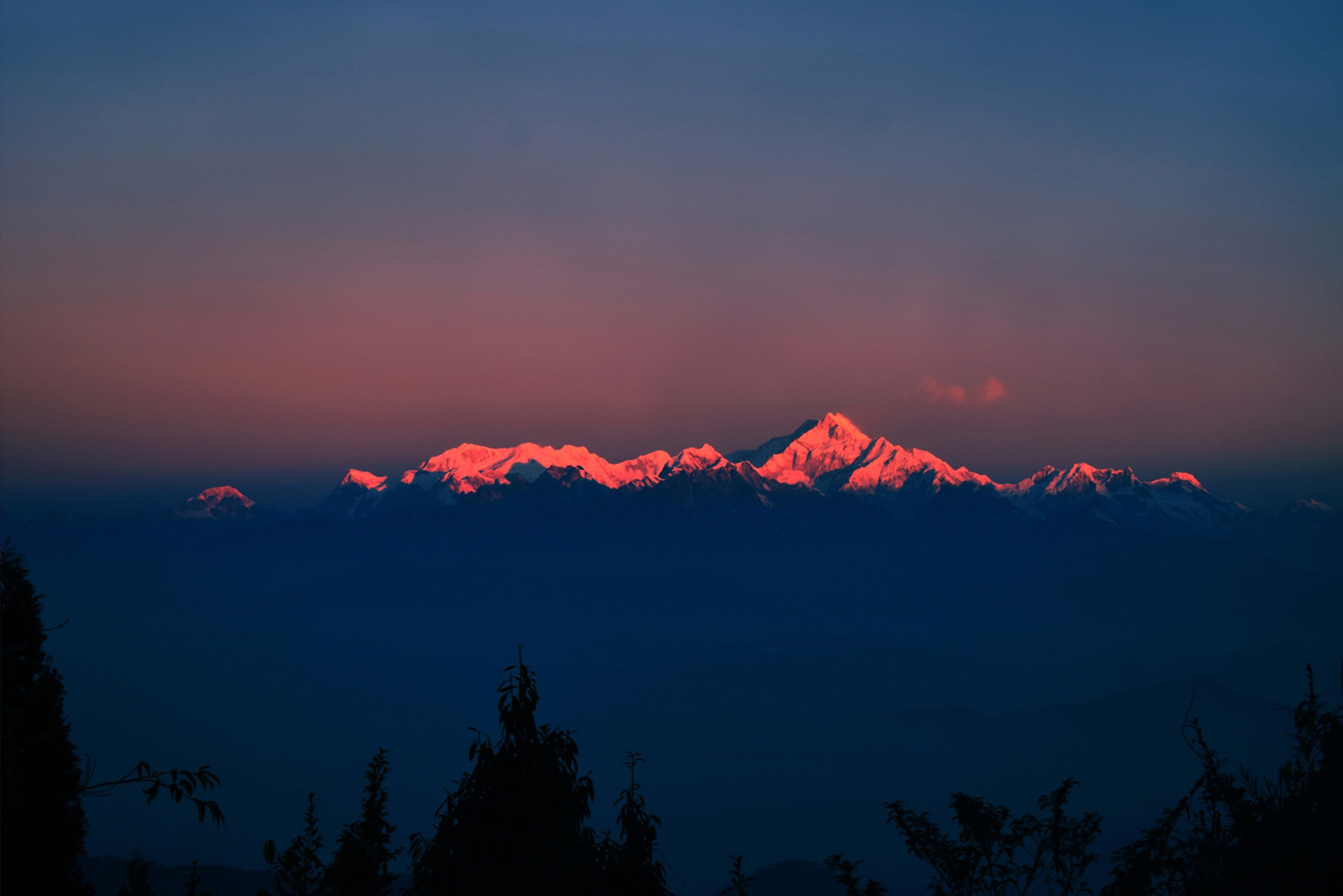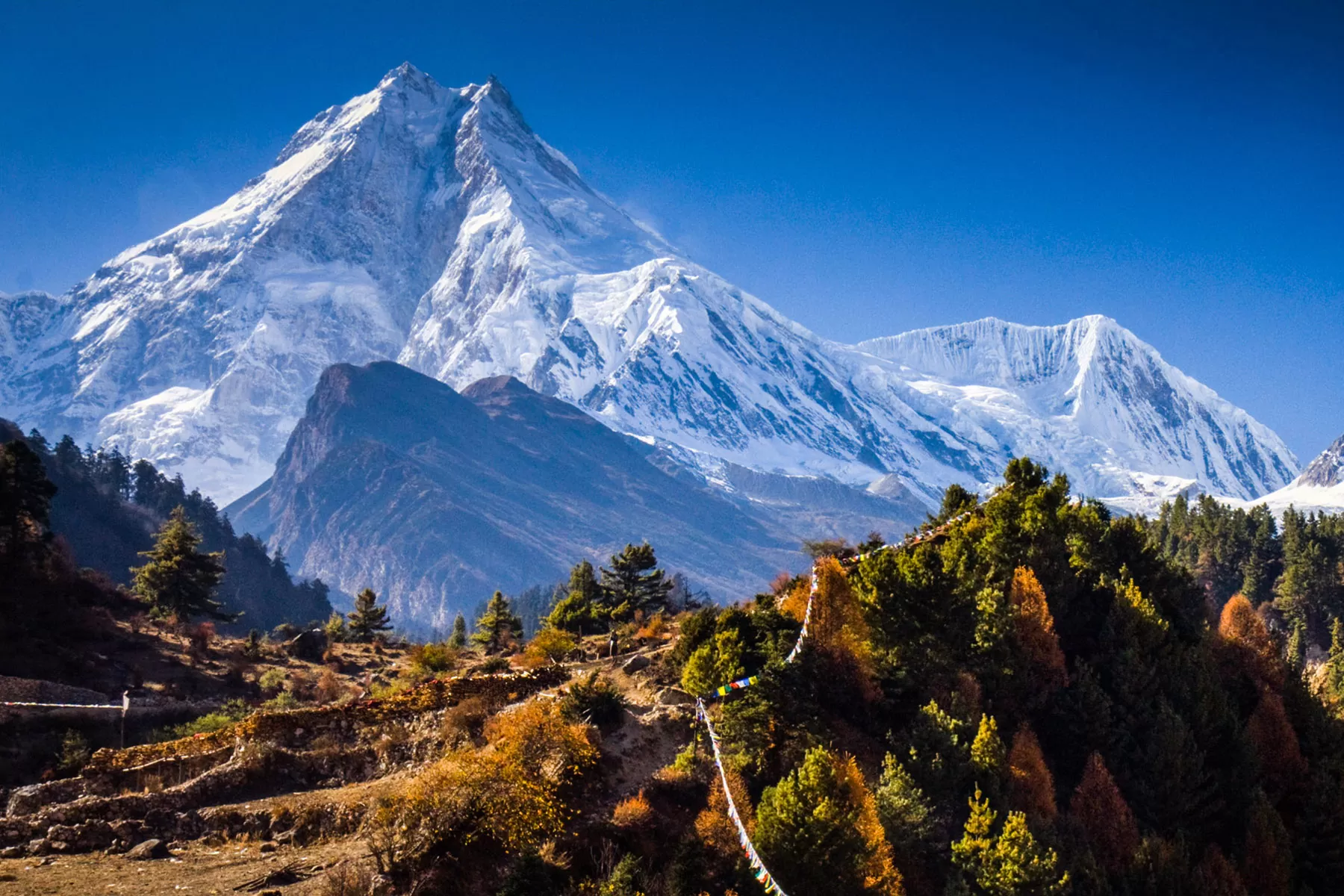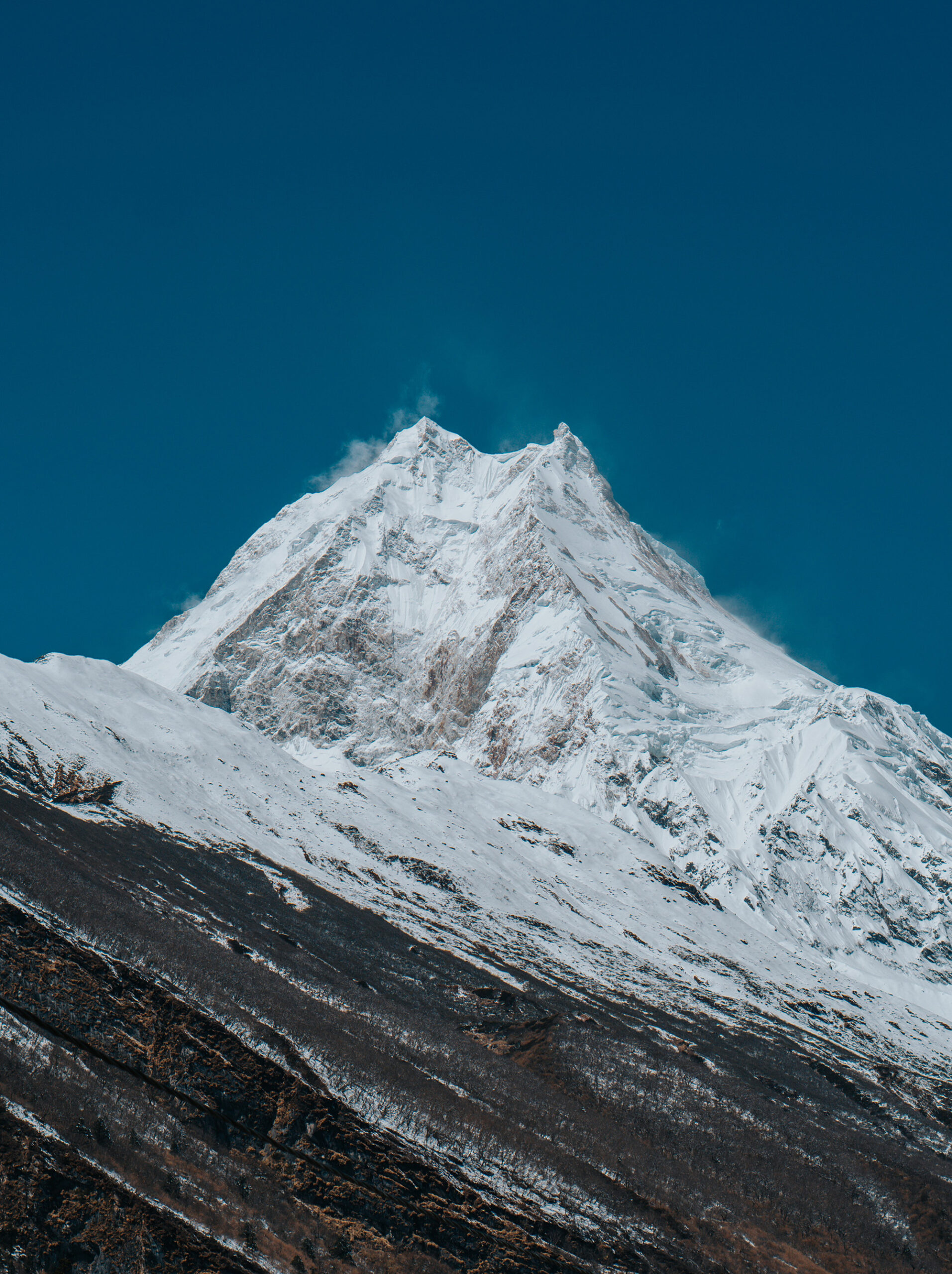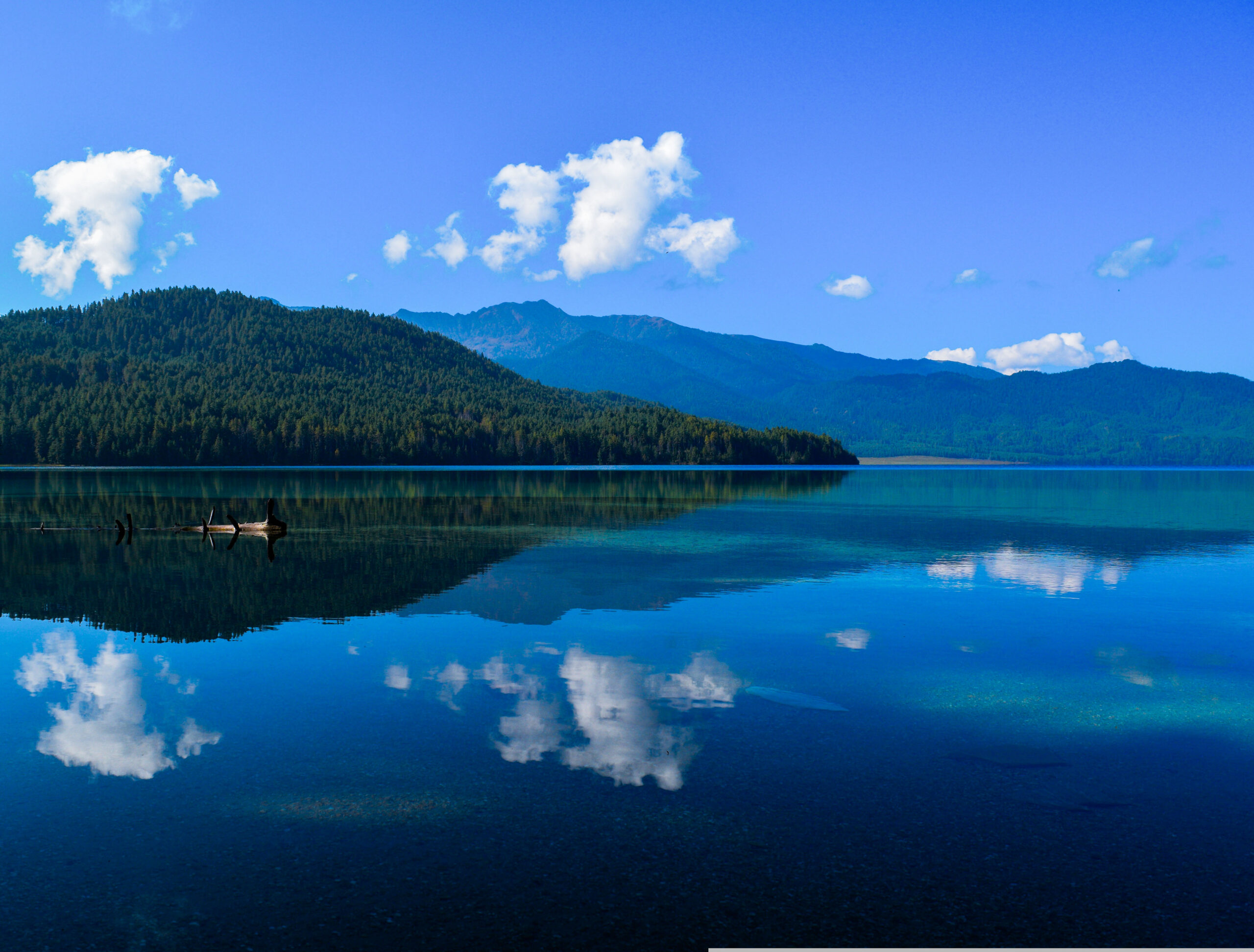Embark on the Annapurna Base Camp and Tent Peak Adventure
Welcome to the Annapurna Base Camp and Tent Peak (Tharpu Chuli) expedition, a journey that combines the serene beauty of the Annapurna Sanctuary with the thrilling challenge of peak climbing in Nepal. This adventure is tailored for those who wish to experience the magnificence of the Himalayas, both through classic trekking and by ascending a Himalayan peak.
Annapurna Base Camp: A Trekker’s Dream
Your adventure begins with a trek to the Annapurna Base Camp (ABC), a journey through diverse landscapes and vibrant Nepalese cultures. The trail to ABC is famed for its breathtaking scenery, encompassing lush rhododendron forests, terraced fields, and quaint Gurung villages. As you trek, the panoramic views of the Annapurna range, including Annapurna I, Annapurna South, Hiunchuli, and Machapuchare (Fishtail Mountain), are your constant companions, creating a truly mesmerizing backdrop.
Tent Peak: A Climber’s Ascent
Also known as Tharpu Chuli, Tent Peak stands at 5,663 meters (18,579 feet) and offers a fantastic introduction to Himalayan mountaineering. The climb, suitable for those with basic mountaineering experience, involves glacier travel, moderate snow and ice climbing, and some technical sections. The ascent of Tent Peak is not only a test of your climbing skills but also an opportunity to immerse yourself in the grandeur of the Himalayan landscape.
The Ultimate High Mountain Experience
The combined trek to Annapurna Base Camp and the climb of Tent Peak provides an incredible high mountain experience. While ABC offers a more accessible trekking route, Tent Peak presents a more challenging and thrilling climbing adventure. This expedition is perfect for those looking to expand their high-altitude trekking into the realm of peak climbing.
Training and Safety
Prior to the ascent of Tent Peak, our experienced guides will provide training on essential climbing techniques and the proper use of equipment. Safety is our utmost priority, and we ensure that you are well-prepared and confident before attempting the climb.
Cultural Richness and Natural Splendor
Throughout your journey, you will have the opportunity to experience the rich cultural heritage of the Nepalese people. From the bustling city of Pokhara to the remote mountain villages, you’ll witness the daily lives and traditions of the local communities. The trail also offers the chance to encounter unique wildlife and explore the region’s diverse ecosystems.
Join Us for an Unforgettable Expedition
The Annapurna Base Camp and Tent Peak expedition is a journey that offers the best of both worlds – the serenity of trekking in one of the world’s most beautiful mountain sanctuaries and the thrill of climbing a Himalayan peak. This adventure is ideal for those who are physically fit and seeking to venture beyond traditional trekking routes into the exhilarating world of mountaineering. Book your expedition with us and step into a realm where adventure, culture, and nature intertwine to create an experience of a lifetime!

